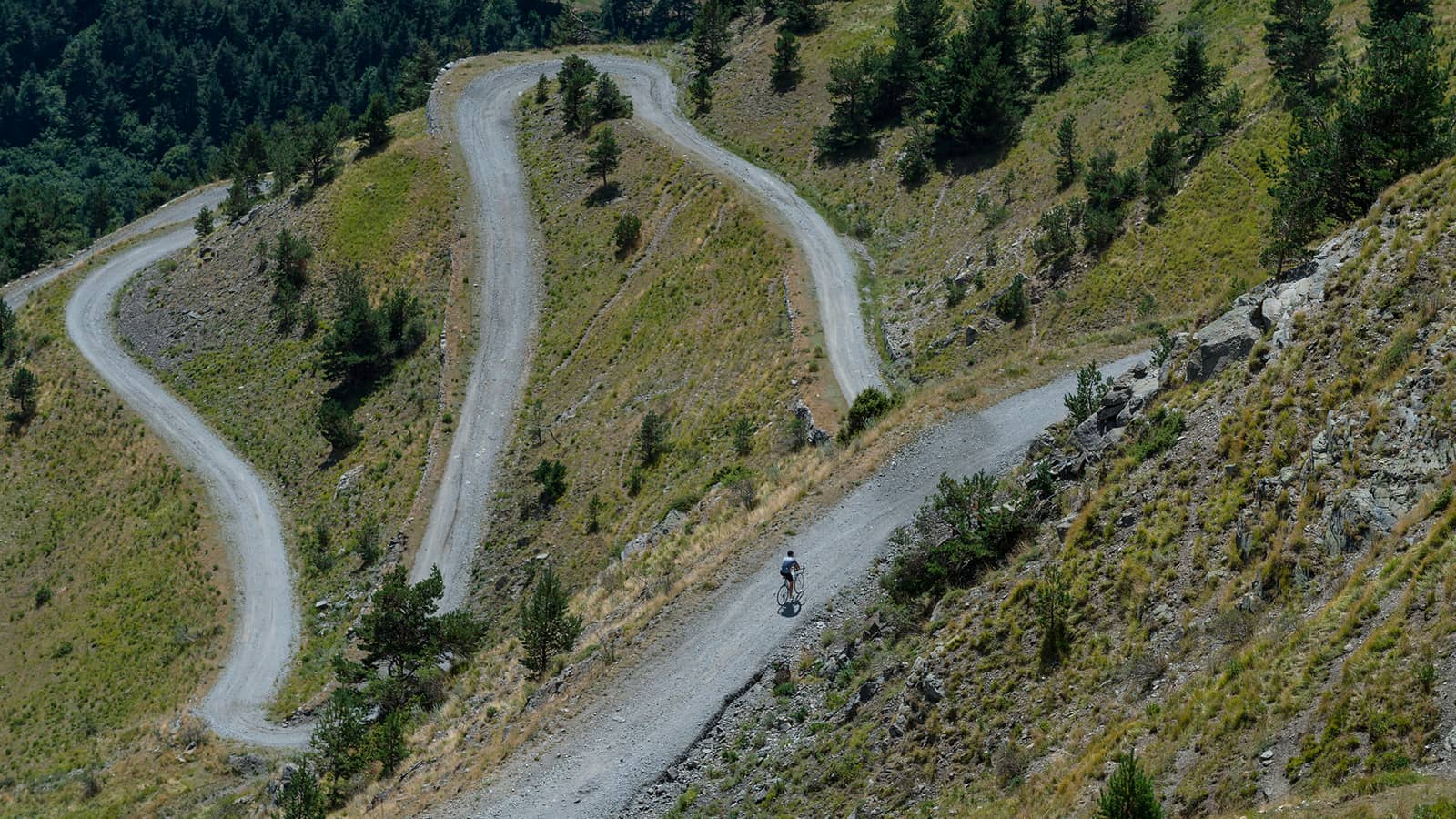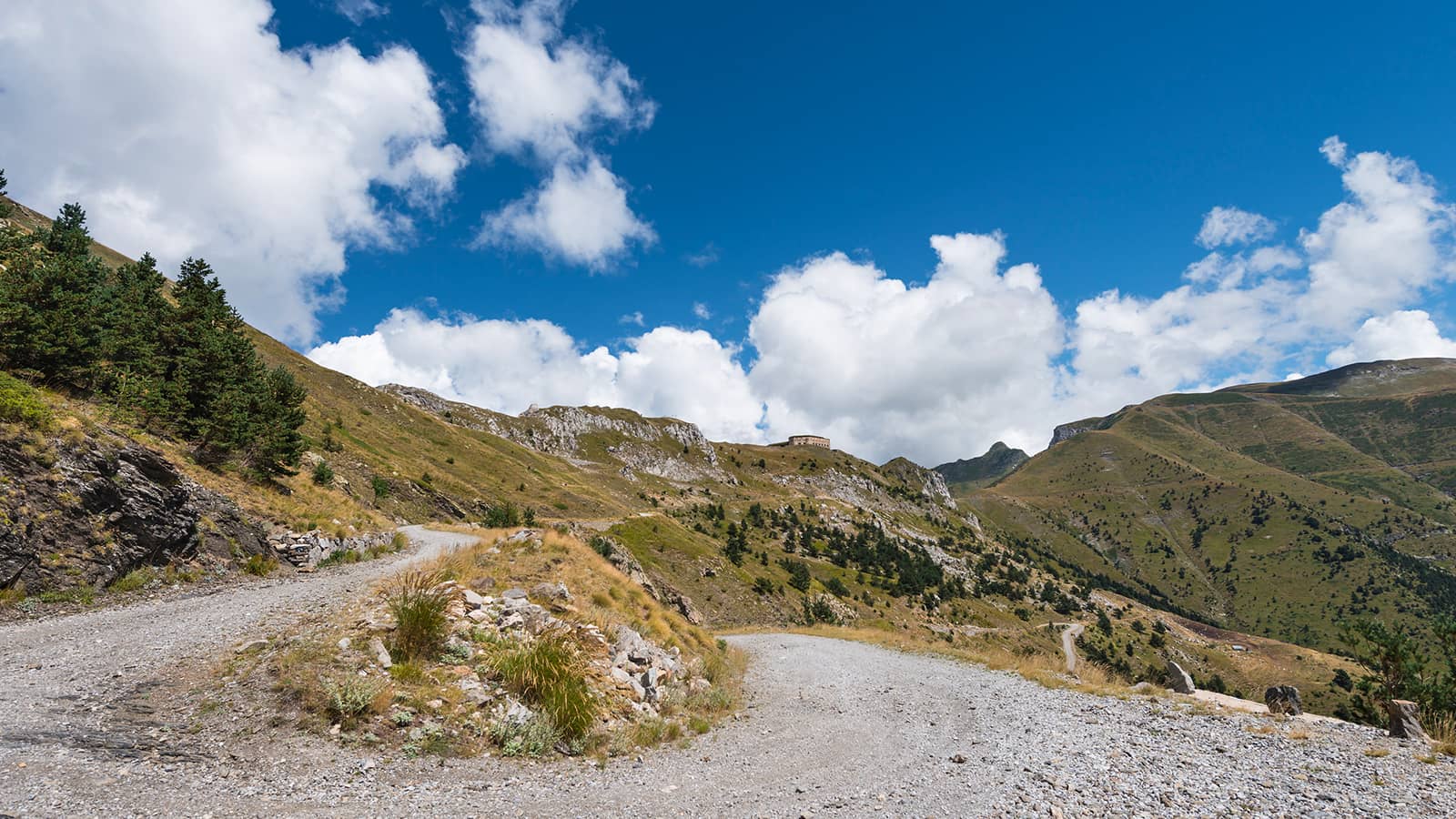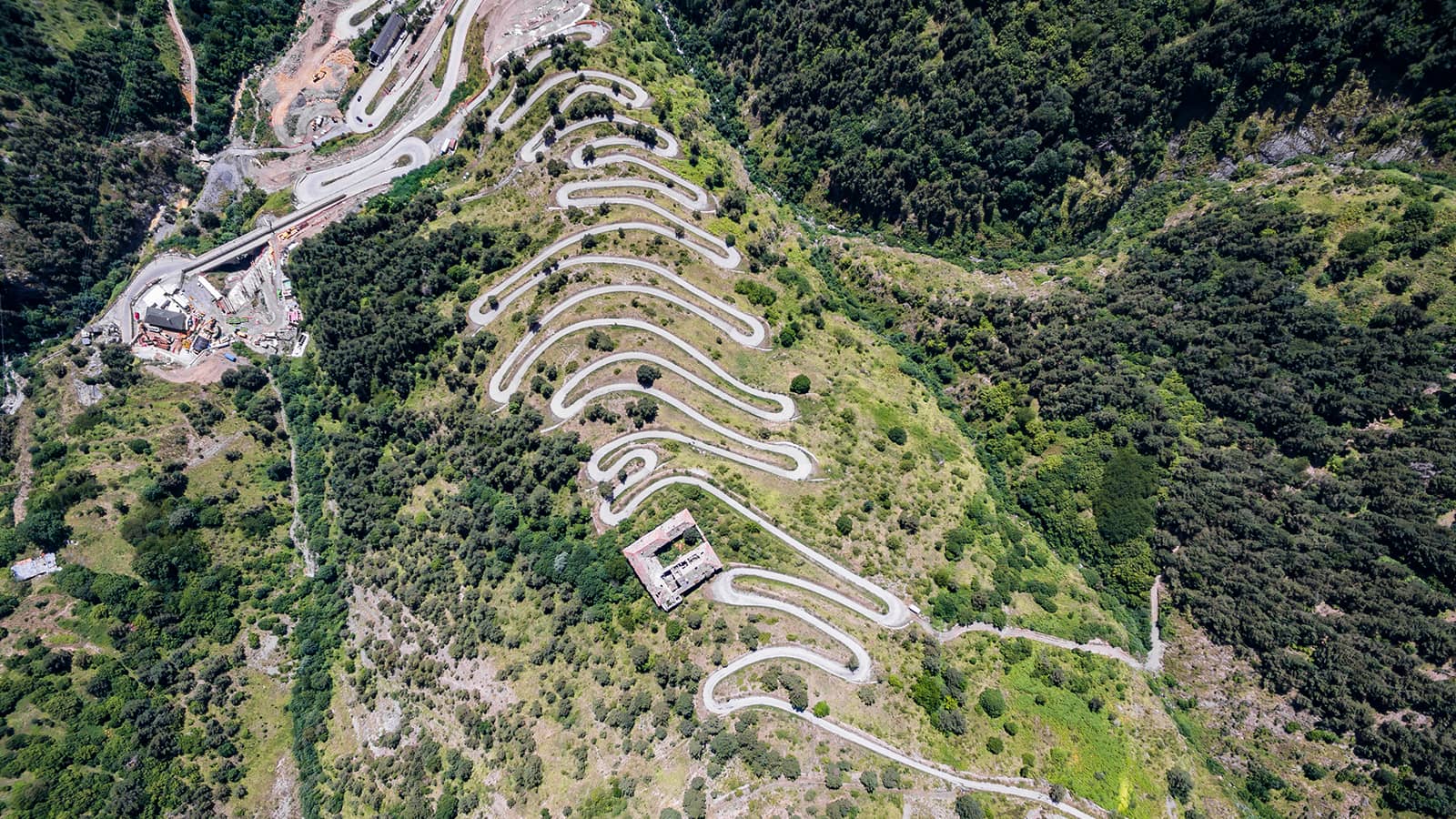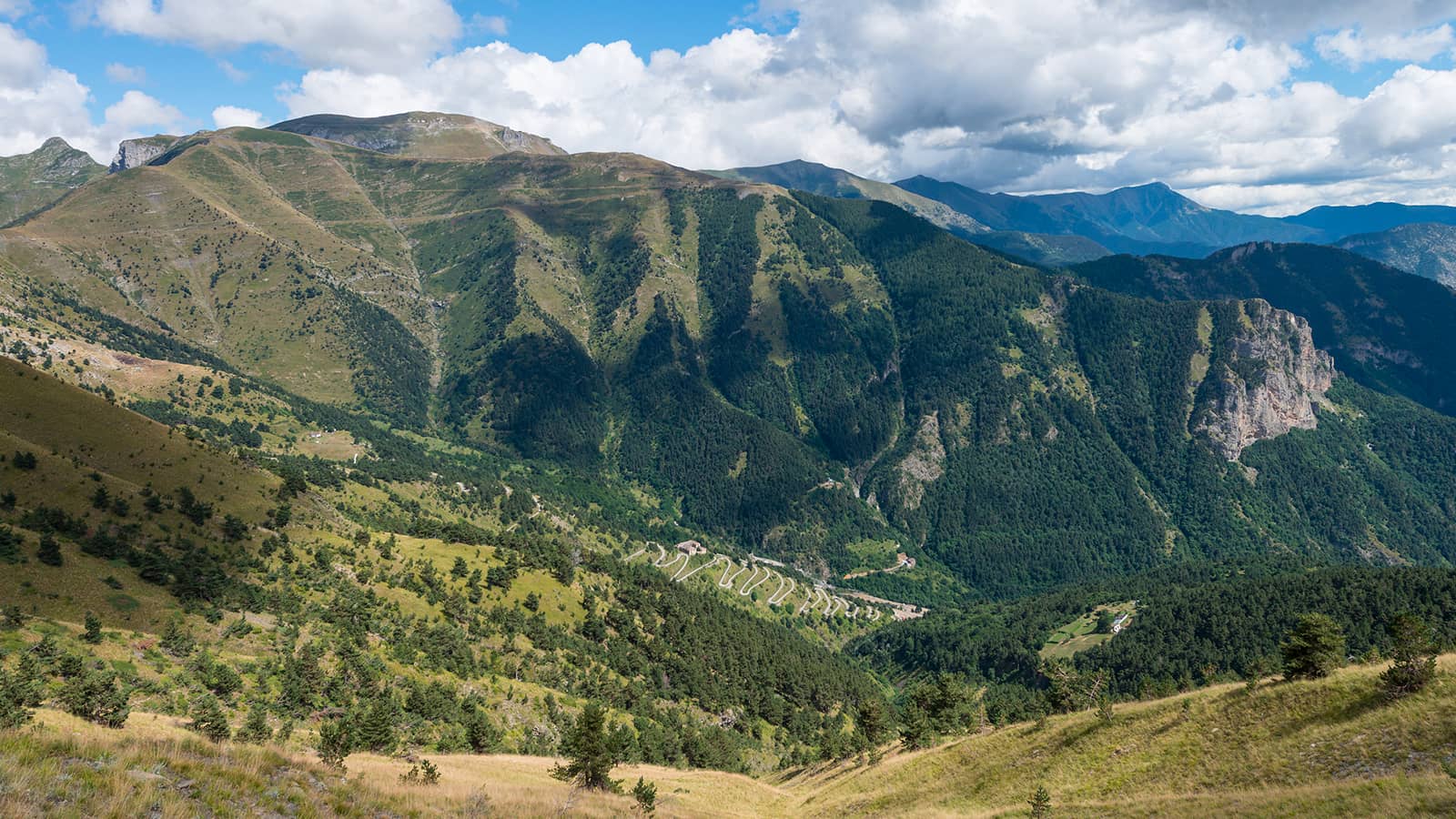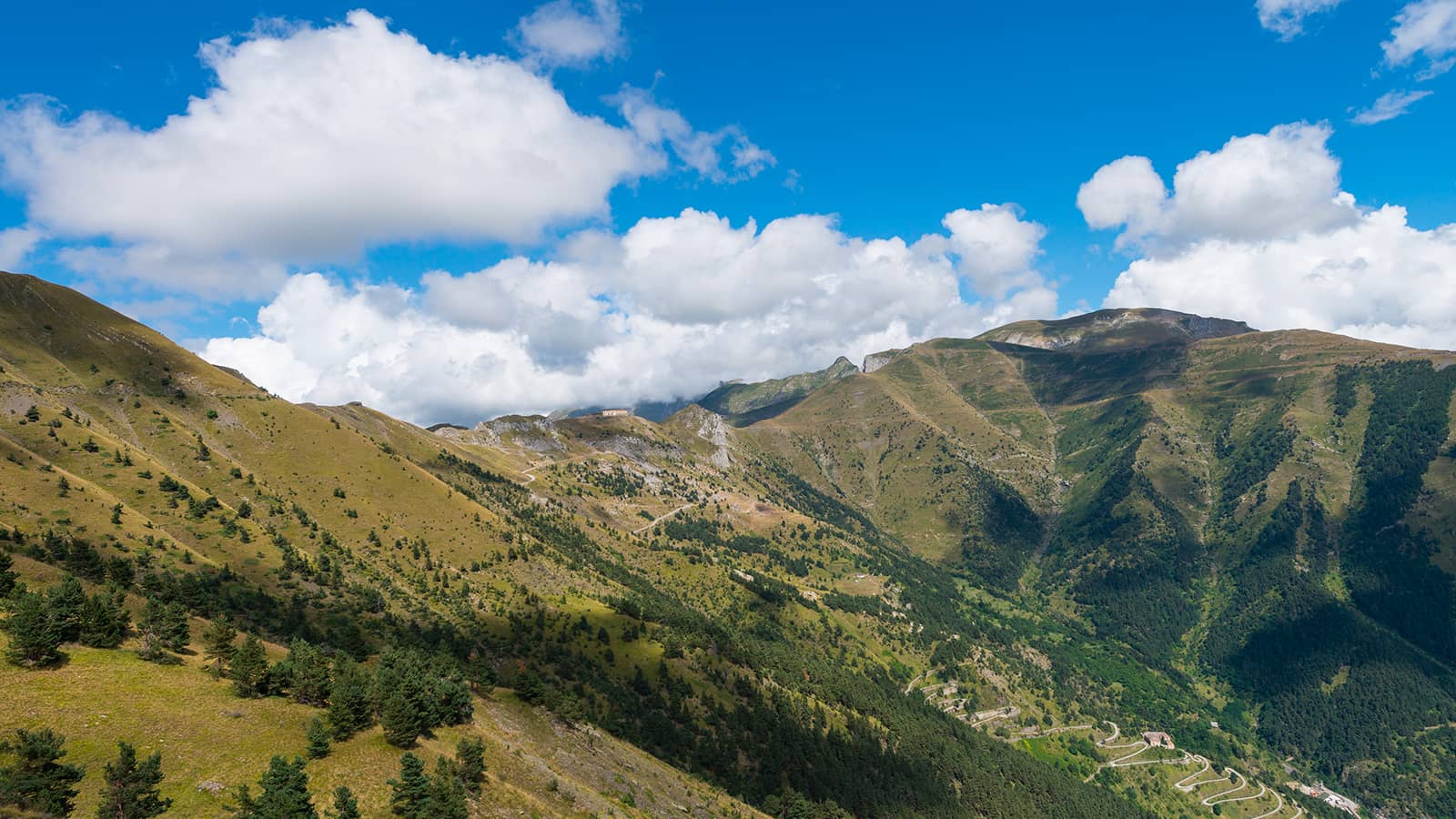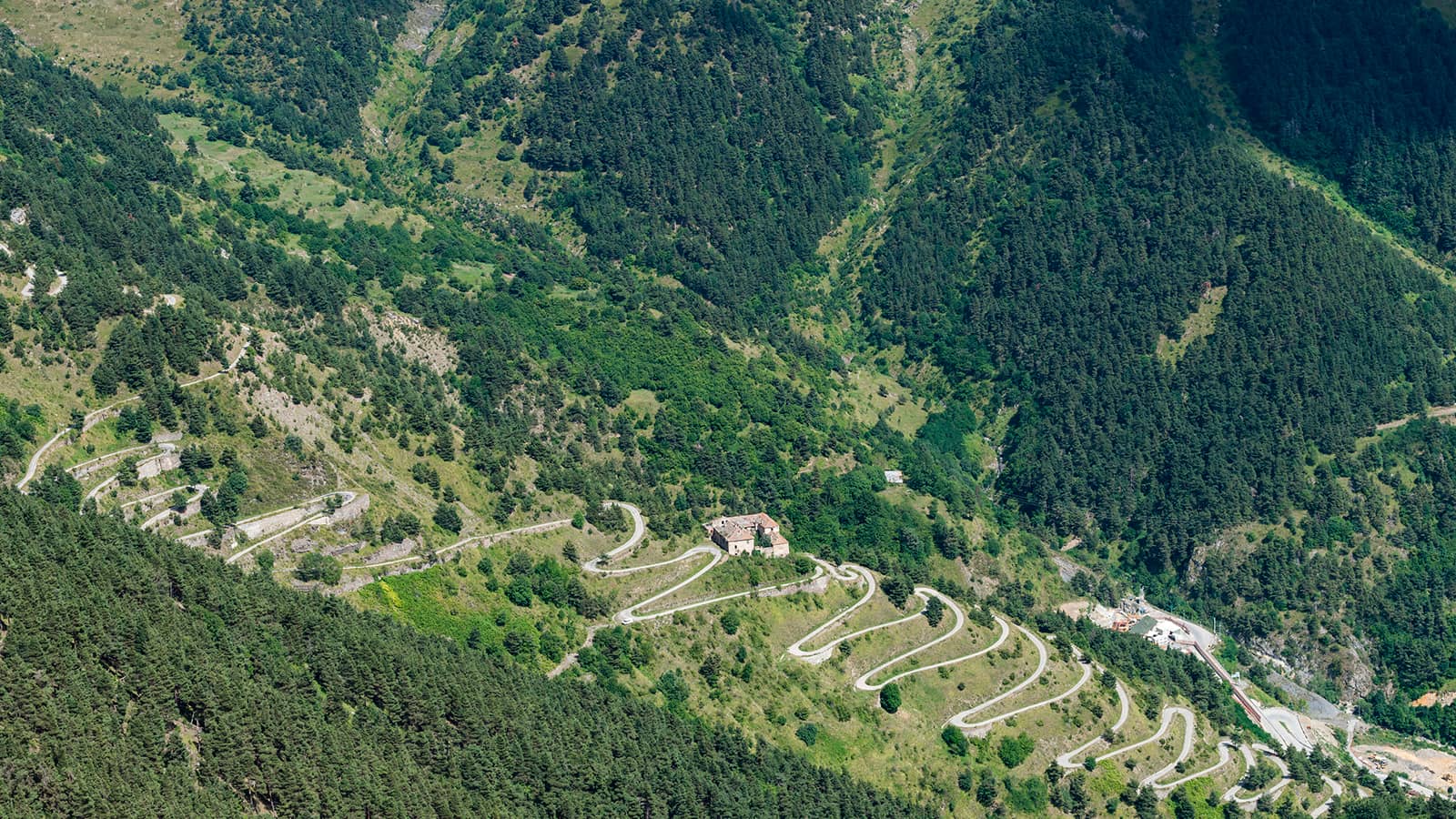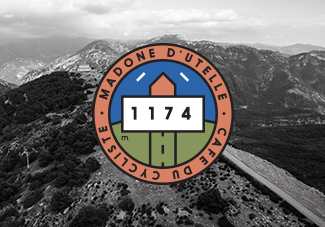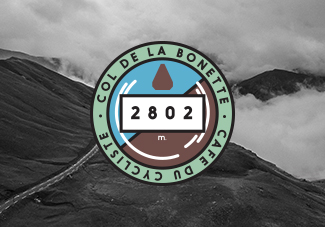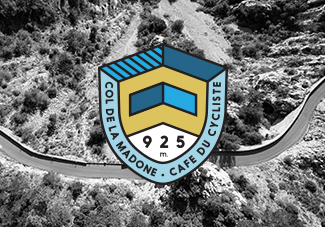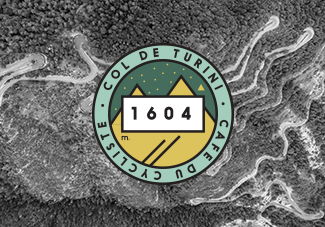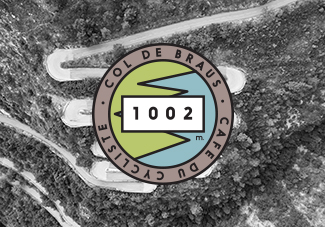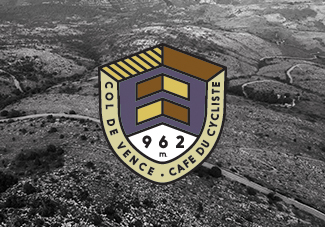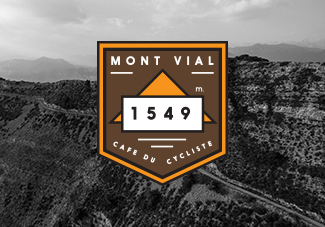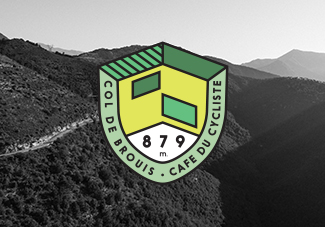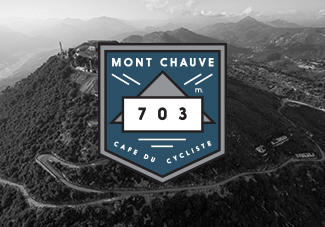Col de Tende: Nos montagnes à la carte #3
Alpe d’Huez famously has 21 switchbacks, hairpins, or lacets - call them what you want. The Passo dello Stelvio has 48 on the classic, much-photographed eastern side, but that’s in 16.5kms and all on tarmac. The Col de Tende manages the same number in 7.4kms and, actually, if you turn right off the main road just over 1km before the Tende tunnel, you can add 17 more to make a dizzying total of 65 about turns. Plus the last 4kms are on gravel.
If you like getting off the beaten track, you will like the Col de Tende
It’s easy to see from pictures that the Col de Tende is something worth fighting over.
Only 40 kilometres from the sea as the crow flies, it was used by Ligurian tribes in Roman times who established the settlement at Tende. The town grew rich and powerful controlling the pass in the Middle Ages, since it was key to the salt trade between the coast and the noblemen of Savoy. The House of Savoy was one of the oldest and most powerful royal families in Europe, who had ruled the Alps from Turin since the start of the 11th century.


